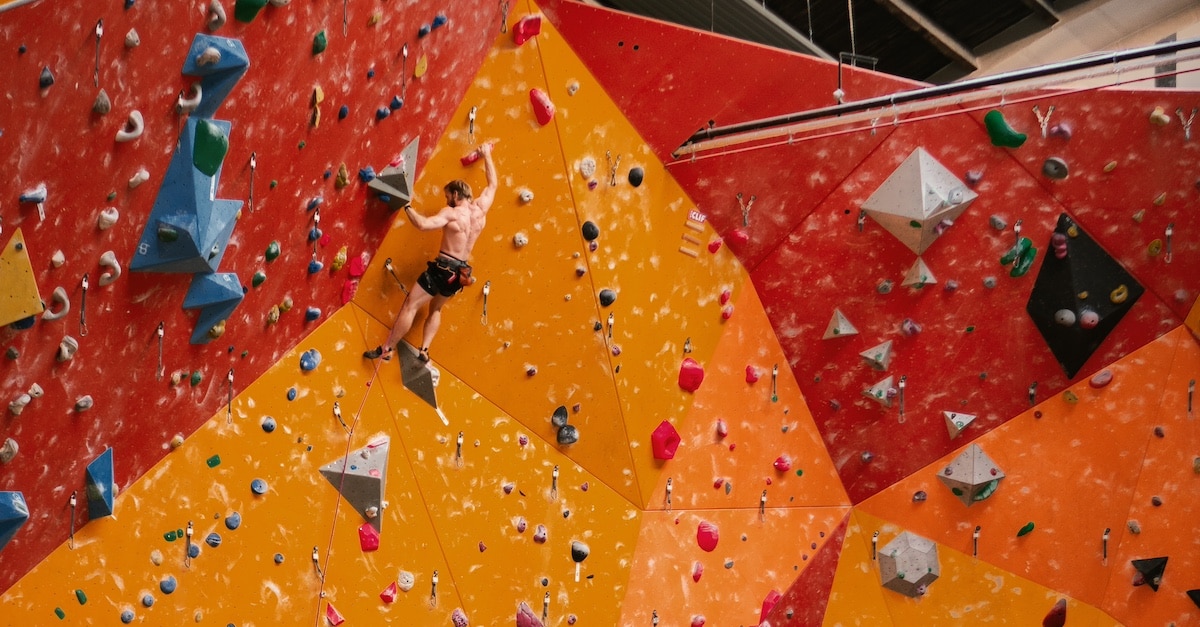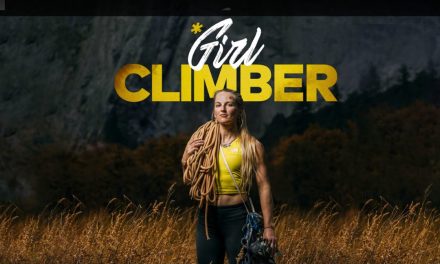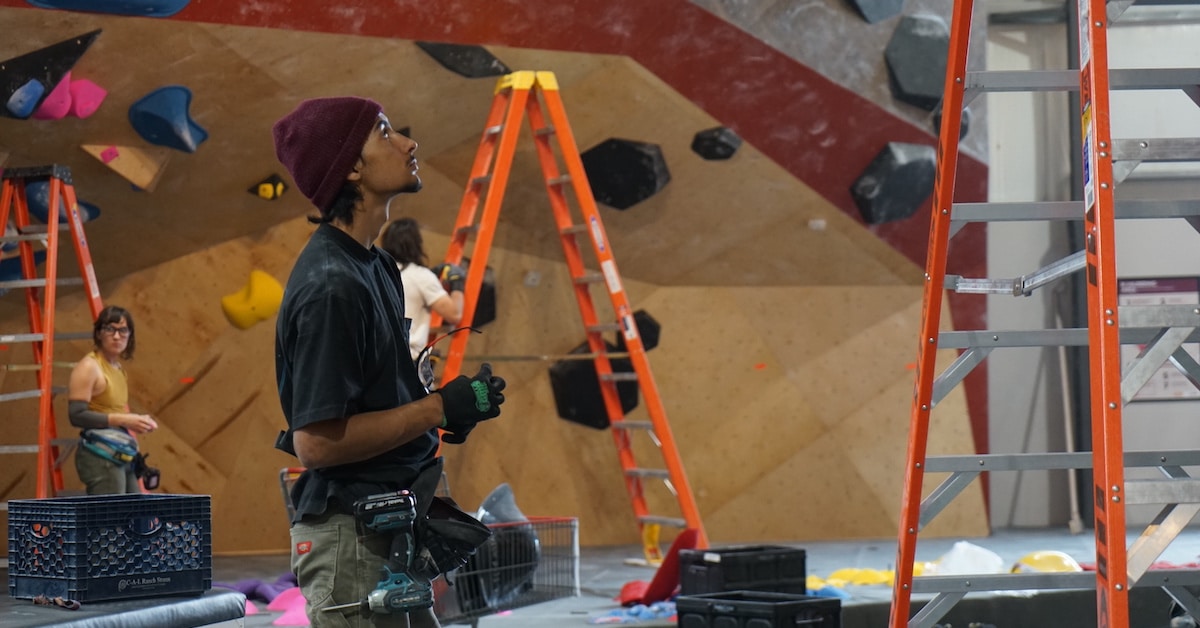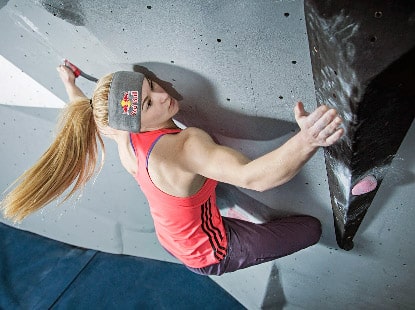Gym access means that climbers no longer have to hibernate all winter long until the sun comes out and the rock dries. Use the off-season wisely to build strength, power, and technique with these gym training strategies for route climbing.
(This article was originally published in February 2015.)
When I began climbing over 25 years ago, the climbing season ended with the hounds of winter, and the only “training for climbing” consisted of pull-ups, running, and some free-weight exercises. It was a pretty ineffective routine that left most of us feeling quite rusty come the spring. Fortunately, indoor walls have made climbing a year-round activity, allowing enthusiasts to improve rather than regress in strength and ability throughout the colder months.
No doubt, joining a commercial climbing gym or building a home bouldering wall is the single best investment you can make toward improving your climbing. However, effective indoor training means doing more than just climbing with a group of friends. There are more intentional practice strategies you can leverage while climbing indoors that translate to greater economy of movement and climbing ability when you return outdoors in the spring. Furthermore, use of these practice techniques will enhance your learning of skills, improve your climber’s mindset, and increase your sport-specific strength.
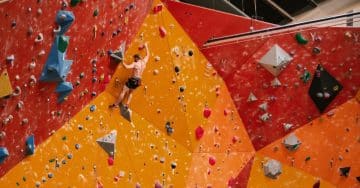
Use the climbing gym walls to your advantage with a variety of drills!
Downclimbing routes
When leading or toproping while gym training, it’s rare that I climb a route to the top and lower off without trying to downclimb as much of the route as possible. There are benefits to this practice, beyond the obvious one of doubling the pump. First, in knowing that you plan to downclimb a route, you stay more observant and focused on the way up. Downclimbing also demands intense concentration on footwork, so the practice can help improve this common weakness among climbers.
Initially, you’ll find downclimbing to be difficult, awkward, and very pumpy. But that’s the modus operandi when first attempting anything new that’s worthwhile (read “challenging”). As your hold recognition improves and you learn to relax while reversing the route, you’ll find downclimbing often feels easier than ascending in the first place. This is because your eccentric (lowering) strength is greater than your concentric (pulling) strength. Plus, leading with the feet while downclimbing means learning to maximally weight them and conserve energy. All these factors make downclimbing a killer drill not to be overlooked by any serious climber!
Speed Training
When the rock gets steep and the moves hard, there’s nothing more important than picking up the pace. Climbing quickly is primarily a function of skill, not strength or power (we’re not talking about lunging wildly up a route). In fact, the less strength and endurance you possess, the more important this skill becomes.
To begin with, it’s important to note there’s no benefit to climbing faster if your technique degrades and you botch sequences. Therefore, practice speed climbing on routes you’ve already wired or climbs well below your maximum ability. Climb several laps on the route, resting between attempts, with each incrementally faster than the previous. Attempt to climb about 10% faster on each successive lap, but back off the accelerator at the first sign your technique is suffering.
Perform this drill while gym training a few times a week for several months, and you’ll find yourself naturally moving faster when climbing onsight or redpoint at the crags. This new skill alone could push your redpoint ability a full number grade higher over the course of a single season–a much greater gain than you’d ever achieve from strength training alone!
Other Drills
Here are a couple other drills to incorporate into your gym training for climbing program.
- First Touch: This drill sharpens pre-climb visualization skills and on-route decision-making abilities to reduce the number of wrong moves (and wasted energy) when onsight climbing. The drill requires you to use each handhold in the exact way that you first touch it. No readjusting or regripping…unless you fall!
- Tracking: Tracking is a type of elimination drill where the feet are restricted to using only the exact holds used by the hands. This difficult exercise develops a variety of important skills, including high-stepping, hand-foot matches, and balanced stand-ups. Use this tracking drill on routes that are two to three number grades below your maximum ability.
Related Articles:
- Dealing with an “Off” Day at the Climbing Gym
- Benefits of “Crag Day” Training at the Climbing Gym
- Winter Gym Training Tips
- Gym Rope Training for Higher Power
- Video: Rock Stars Train at Sharma Gym
Copyright © 2000–2022 Eric J. Hörst | All Rights Reserved.

